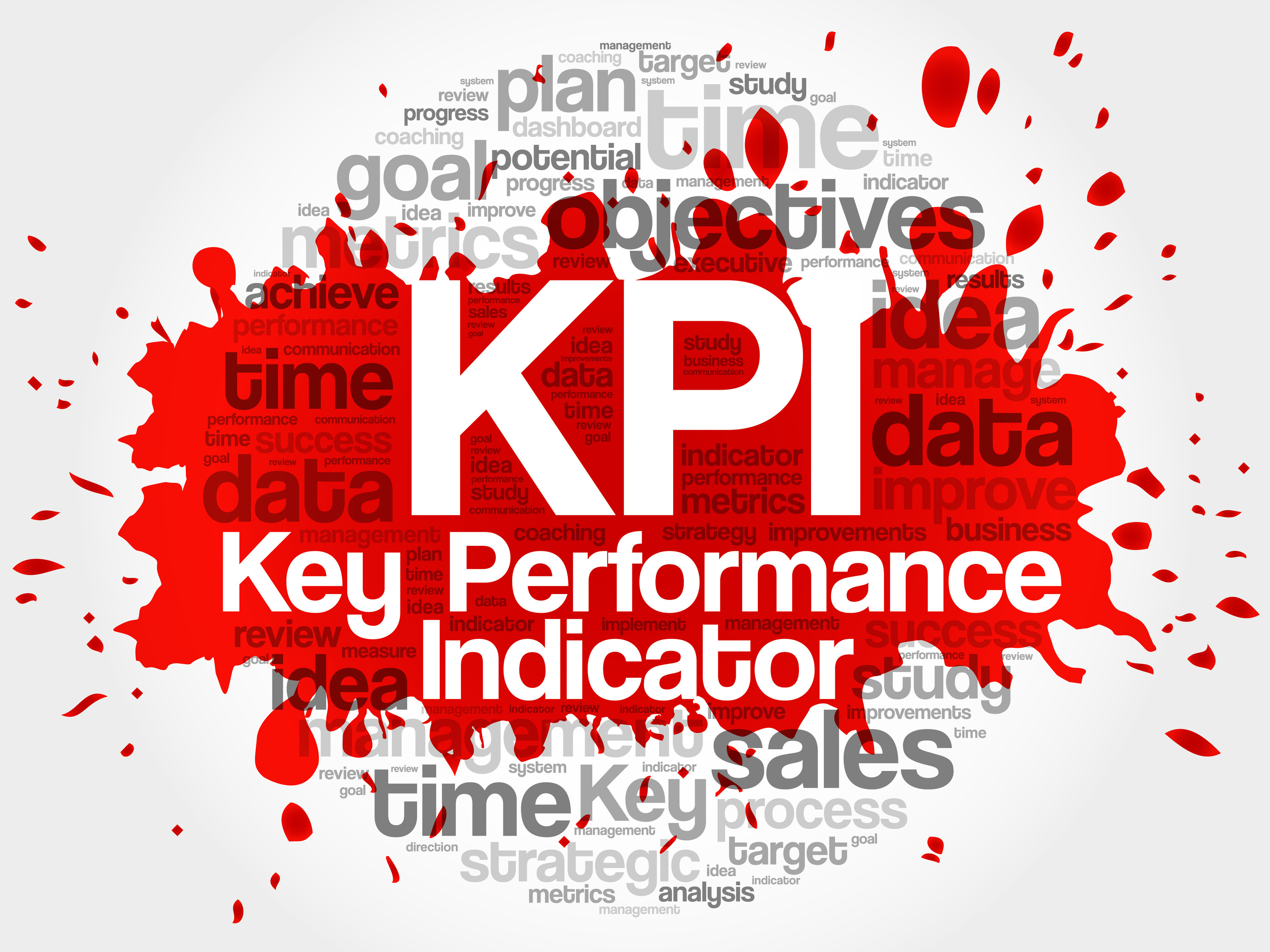Most businesses today use KPIs to monitor and drive performance improvement. So what are the key metrics for your business?
After the important HSE metrics, the two I follow most closely are on time in full (OTIF) and customer quality (Q).
Both these metrics are customer facing. They are quantifiable, can be tracked over time (every month, rolling 12 months) and tell the organisation just how well you are performing for your customers. They measure customer experience.
Sophisticated customers will have their own methodology and definitions. It is well worth making sure your methodology and data capture is the same or else you will spend time debating data rather than getting to the root causes.
If your customers don’t impose a methodology then it is a relatively simple task to set your own. But make sure whatever is “measured” is meaningful in the eyes of your customers and associates.
OTIF means 100% of the product or service requested delivered when the customer wants it. That usually means a point of delivery at their premises. It does not mean when the goods leave your premises or when the service is performed by your organisation. The emphasis should be on fulfilment of the customer’s expectation at the time of order placement.
Q in manufacturing industries is often measured in terms of defective parts per million (ppm) supplied or in the high volume electronics industry parts per billion (ppb). I have also used measures based on $ value rejected in comparison to $ value shipped or the number of credits notes raised in any given time period. Credit notes can be a very useful indicator of what is really happening!
Having established a methodology, your next step to set some targets.
In component supply industries OTIF must be 100%. Anything less means a line stop and massive on-costs for you (line stop penalties, rectification costs, sorting costs) and for the customer organisation.
The Q expectation in these industries are also set at a challenging level, typically a target of less than 15ppm. A real challenge for cosmetic parts.
So what does a lower performance than that expected by your customer mean?
OTIF at 97% means 3 out 100 deliveries will be late or short (customer does not get the expected quantity or outcome). It means 3 times in a hundred when your customer will have the hassle of rearranging their plans (if that is possible) and having to chase you for full fulfilment.
Q at 99.9% (1,000 ppm) means your customer will experience a defective part 1 in every 1,000 parts supplied. Six sigma standard (more in a later Step) means achieving no more than 3.4 defective parts in every 1,000,000 parts supplied.
Things do go wrong but a regular missed target is an indication of a deeper problem.
Consider how you react in your own life. When faced with a stock out at the supermarket you have three options: forego the product, choose another brand or, go elsewhere. Your customers are no different. But as we all know once you try the other brand(s) or go elsewhere, you may not go back to the original supplier. Do you ever go back to a restaurant after experiencing a “poor” meal?
KPI basics:
- focus on what is critical to driving best customer experience. Whatever the strategic company goals, satisfying customers has to be your top priority
- make sure the KPIs selected are meaningful to associates at the task level. Sales value may not be the best measure if your goal is to drive “right first time”, cost reduction or productivity improvement
ensure all performance data monitored is valid. Check how the data is collected. Is it timely, meaningful, reliable, repeatable and reproducible? - set targets. Regularly monitor and review the results with the functional teams
- train everyone so that they understand what the KPIs mean. What you measure is what you get….so use KPIs to help drive the growth, change and improvement agenda
Metrics should be used to help drive performance improvement.
So identify what has caused shortfalls in performance (problem solving); put in place measures to protect your customer; and work on the improvements necessary to ensure the targets are always achievable.

